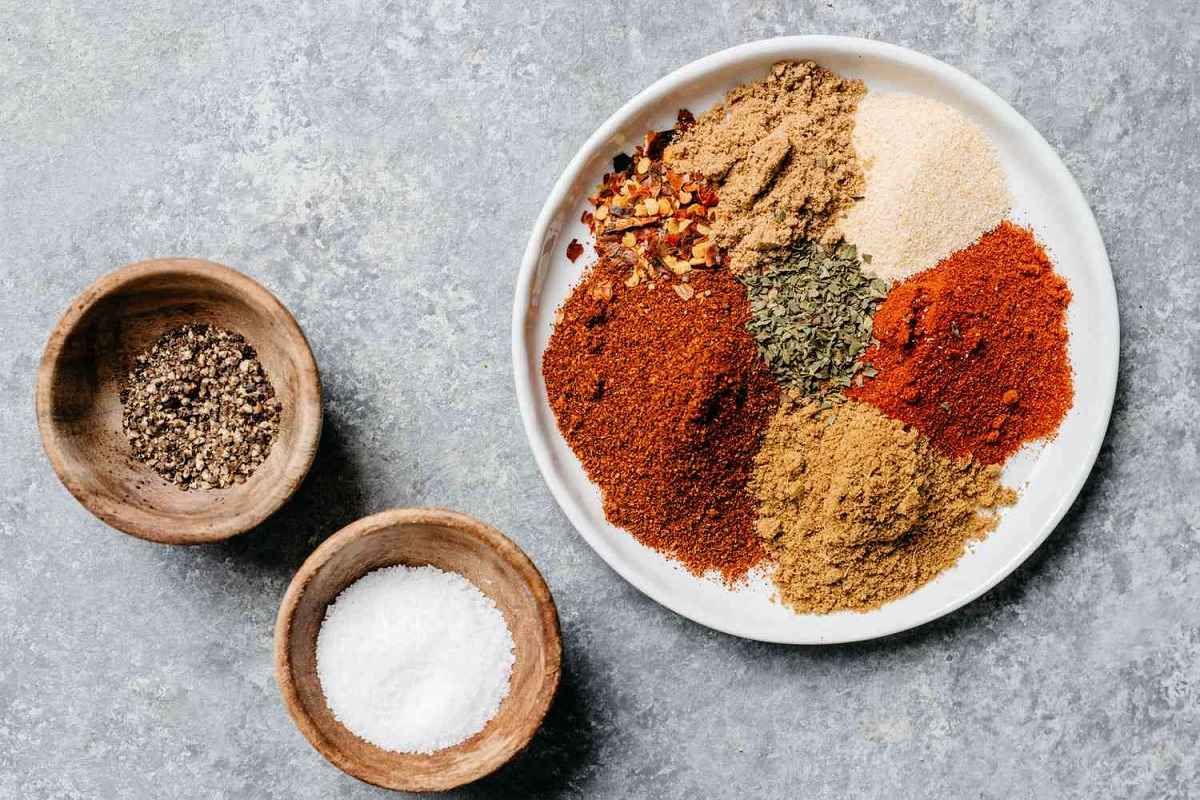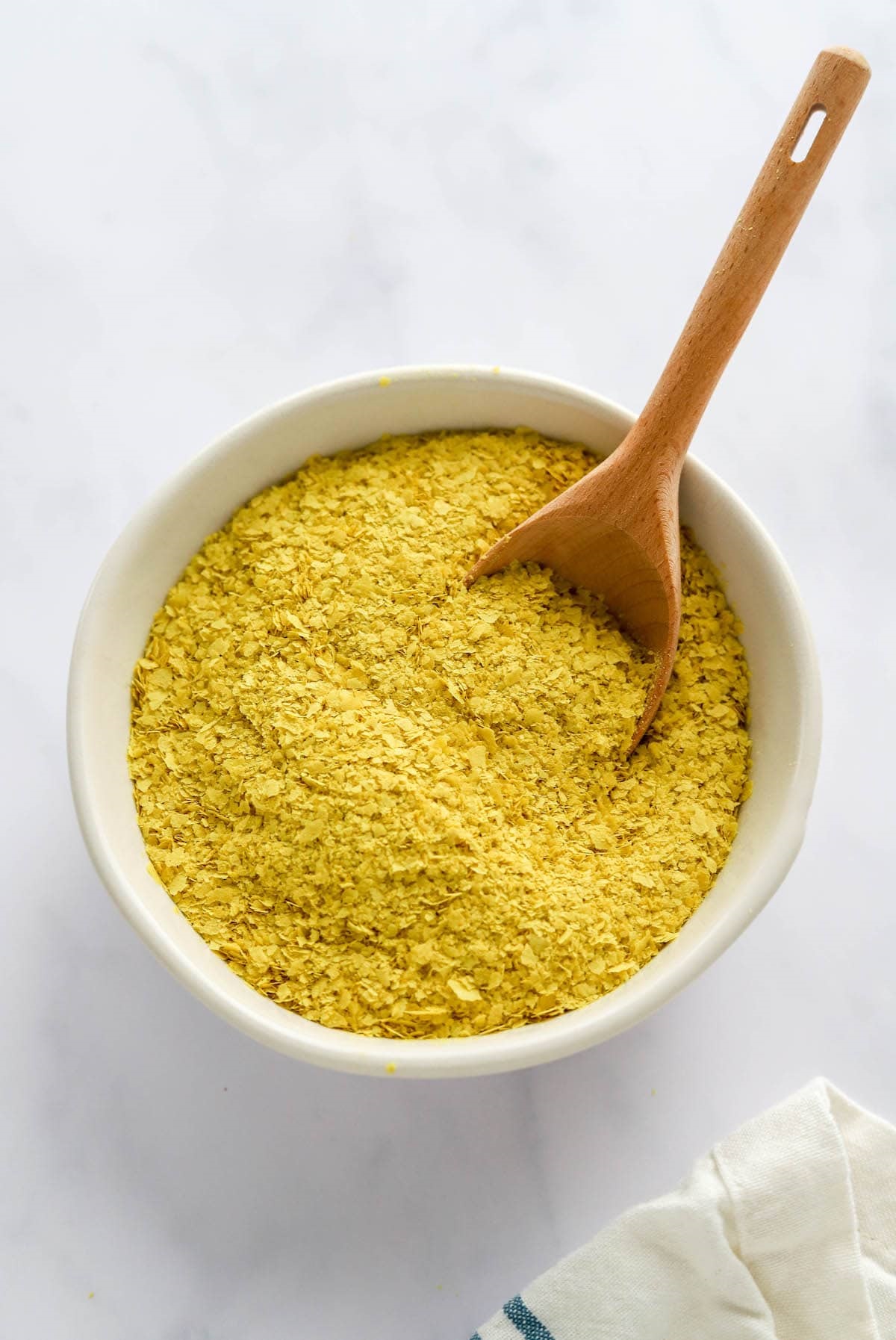4 Heart-Healthy Alternatives To Salt

Alternatives To Salt: Salt is one of the most widely used seasonings in the diet, but excessive consumption can lead to high blood pressure and an increased risk of heart disease.
Alternatives To Salt, Fortunately, there are healthy alternatives to salt that not only maintain the flavor of food but also promote heart health. In this article, we introduce four beneficial substitutes for salt.
Heart-Healthy Alternatives To Salt
1. Herbs And Spices

Alternatives To Salt, Using aromatic herbs and spices such as turmeric, cinnamon, black pepper, garlic, and ginger can enhance the flavor of food while reducing the need for salt. Some of these spices, like turmeric and ginger, have anti-inflammatory and antioxidant properties that support heart health.
2. Lemon Juice And Vinegar
Adding lemon juice or vinegar to dishes not only enhances their taste and freshness but also helps reduce salt consumption. The acidity in these ingredients intensifies flavors, making up for the lack of salt. Apple cider vinegar, in particular, has benefits for blood sugar control and vascular health.
3. Nutritional Yeast

Alternatives To Salt, Nutritional yeast is an excellent salt substitute with a cheesy, savory flavor and is rich in B vitamins. This ingredient not only helps reduce salt intake but also supports heart health and strengthens the immune system.
4. Low-Sodium And Potassium-Based Salts
Certain salt substitutes, such as potassium-based salts, contain lower amounts of sodium and can help lower blood pressure. These types of salts are particularly recommended for people at risk of heart disease. However, individuals with kidney problems should consult a doctor before using them.
Also Read:
How Increasing Fiber Intake May Help Defend Against Harmful Bacteria Like E. coli
The Importance Of Beta-Carotene And How To Maintain Optimal Levels In The Body
Hidden Dangers In Your Kitchen: Understanding Spice Allergies




